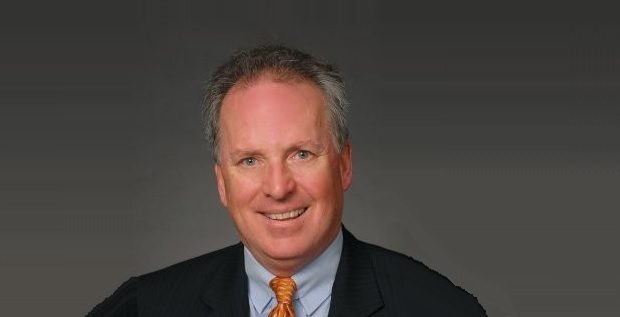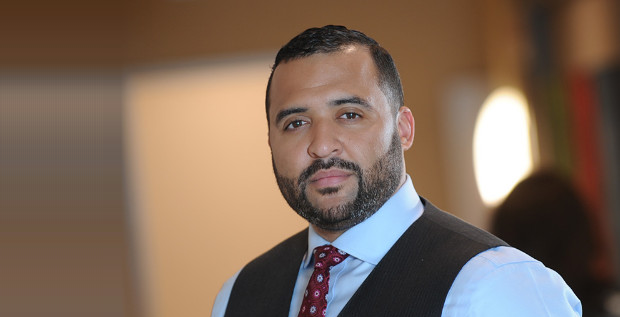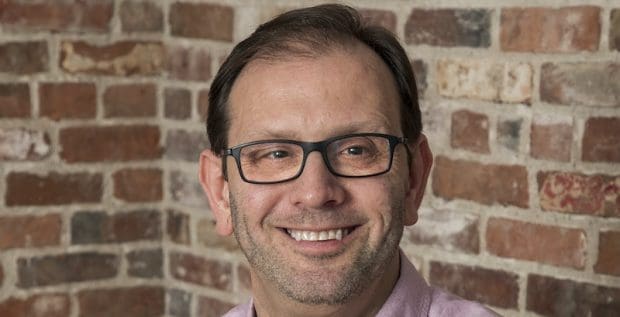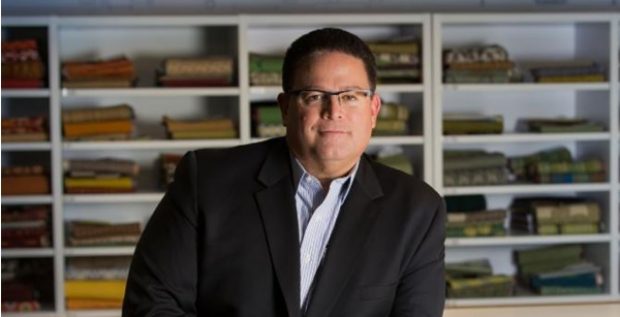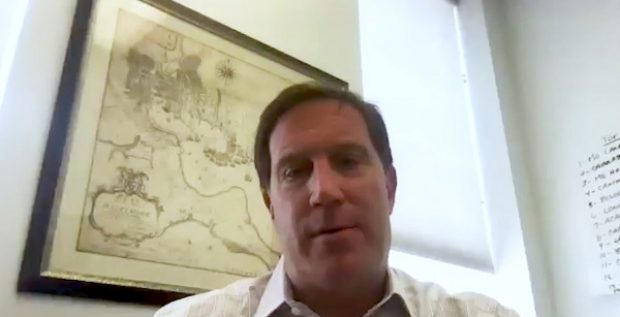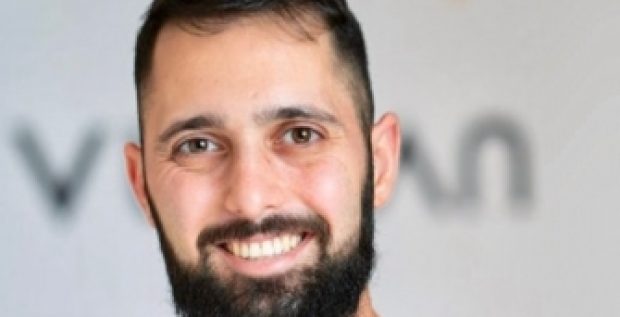Burck Smith is the CEO and founder of StraighterLine, an education company headquartered in Baltimore, MD. StraighterLine partners with accredited institutions to offer students high quality online courses at a fraction of the cost of a traditional degree. Students choose their courses, earn college credit, and choose to transfer to one of over 90 colleges from which to graduate with a degree in hand. Burck is also a member of the American Enterprise Institute’s Higher Education Working Group.
Q. How did you get started with StraighterLine?
BURCK SMITH: StraighterLine is my second online execution company. The first was an online tutoring company that I started in 1999 called SMARTHINKING. That was part of the Internet boom in 1999, and part of the bust in 2000. We survived the bust, barely, but we did. StraighterLine started as a division of SMARTHINKING in 2008, and became its own company in 2010. SMARTHINKING was subsequently bought by Pierson and then StraighterLine has gone on to where it is today.
Q. Could you describe your business model?
A. We were very early to note that online courses—online college courses—should be much less expensive than they currently are from colleges, and we built a really interesting business model. At that time, it was really controversial, but it has become much more accepted now. We offer online general education courses for $99 per month. And then students buy courses for about $49 each after that, so it is kind of like a membership fee, you pay $99 a month and then you get very, very, very affordable courses. These are things like college Algebra, English composition, Economics 101, Psychology 101… so all those courses that everybody takes in their freshman or sophomore year at colleges.We’re not a college, we do not award degrees, instead we have agreements with colleges so we can guarantee transfer credit from us to them. So now we have about 90 colleges and growing with whom we have these agreements.
Q. How have you gone about securing funding?
A. In 2010, again, this idea that non-colleges could offer college courses for credit—90% cheaper, with transferability—was pretty radical. So we had to get some initial investment to prove that, which we did. In 2012, it became clear that the the economics of higher education are massively dysfunctional. You can see it in the way the prices are continuing to rise. We’re not the only ones to realize that. There were others who said, “Yes, somebody has to come up with the right model.” And we had a pretty good head start on that. We were able to raise our series B [financing] then.
Q. Tell us about your growth strategy.
A. People are realizing that creating these alternative pricing models is happening and it’s possible, but it’s going slower than everyone thought. We’re in good shape for growing. Our student base is growing, our customer base is growing, but a lot of the hype around higher education’s disruption has diminished, which I think is probably a normal cycle in any industry that goes through this kind of a hype cycle. And you’ll note the end result will be a handful of players who have a viable business model that’s growing and making a difference. We’ll certainly be one of them, given where we stand today.
Q. What’s your connection to Baltimore?
A. I grew up here in Baltimore and went to Friends School here. Friends School has a strong tradition of public service. My kids now go there so I’ve come back and become my parents, in a sense, since I moved back. My background is in public policy. In an alternate universe I would’ve been in nonprofit or government but that did not happen. In the mid 90s I was in grad school and very interested in education and technology. The big question that I was struggling with was why online courses were not reducing the price of college. So, for StraighterLine, we have self-paced tutor supportive courses. We do not need to have a professor for every 25 students. Students start with us immediately. Whenever they need help, there’s a tutor available to them almost 24/7.
Q. How would you describe StraighterLine’s role in the overall education marketplace?
A. Student debt is a terrible problem in the U.S.—over a trillion dollars and getting worse over time. Prices continue to rise, and I would argue that despite all the talk about rising college prices I think they’re actually going to rise faster over the next few years. Prices are going up, the ability to pay is decreasing, and again, despite some of the rhetoric you might hear, the need for a degree is increasing—not decreasing. We have saved students over $64 million if they had enrolled in a college course directly as opposed to enrolling with us. We’ve served over 30,000 students at this point. We’re in a 16,000–17,000 student run rate right now and growing fairly rapidly.
Q. What allows you—and online learning in general—to compete with traditional college programs?
A. What’s ironic is that online learning has grown such that about a third of all students are taking at least one online course, but over 90% of colleges charge the same or more for online courses as they do for face-to-face. Despite the fact that the cost of delivery is probably 90% less, one of the questions we would get is “Why are your courses so cheap?” Which is really a veiled question: “Is there a quality problem, are you cutting corners, is there a problem with what you’re doing compared to what a college is doing?” And the answer is no. It’s that colleges don’t price their online courses close to the cost of delivery because they don’t want to undermine the revenue they get from their face-to-face programs, so they price them equal or higher.
People are used to buying on convenience as opposed to buying on price. That’s now changing, so we were the first—more have come in—and what we do is we’re simply providing pricing online courses much closer to their cost of delivery. We’re not using that profit margin that colleges generate from generic courses to subsidize other portions of college and we’re allowing those courses to be transferred within colleges, which is essentially the barrier for new providers. It’s very hard for a new provider to come in and create a credit pathway, not being a college. But to be a college you have to look like a college. And to look like a college you have to price like a college. It becomes very hard for new providers to come in. The trends we’re building upon aren’t going away.
Connect with Burck on LinkedIn




